Welcome to one of the most active flamenco sites on the Internet. Guests can read most posts but if you want to participate click here to register.
This site is dedicated to the memory of Paco de Lucía, Ron Mitchell, Guy Williams, Linda Elvira, Philip John Lee, Craig Eros, Ben Woods, David Serva and Tom Blackshear who went ahead of us.
We receive 12,200 visitors a month from 200 countries and 1.7 million page impressions a year. To advertise on this site please contact us.
|

|
|
Give us your opinion: Advent of the six-string guitar in flamenco
|
You are logged in as Guest
|
|
Users viewing this topic: none
|
|
Login  | |
|

   
NormanKliman
Posts: 1143
Joined: Sep. 1 2007

|
 Give us your opinion: Advent of the ... Give us your opinion: Advent of the ...
|
|
|
Hi everyone,
Lately I've been thinking about the history of the guitar as a six-string instrument, so I've gathered some information from books and the Internet to see if anyone can add or correct anything. Maybe some of you can comment on the references mentioned below or tell us about newer research on the subject.
Here's how the idea relates to flamenco: It looks like the guitar had five double strings until the late 1700s, and the oldest flamenco guitarists were born shortly after that in the 1800s (Patiño supposedly in 1829, Ángel de Baeza supposedly around 1850, etc.) So if we go back just a few generations before Montoya, flamenco guitarists could have been playing a different instrument (without the low E string). One thing is the proven existence of the earliest six-string guitar, and another is determining when this instrument might have been so popular that common folk in Spain would have had access to one. This time in history coincides with Napoleon's occupation of Spain (1808-1814), which might be another factor to take into account.
The rest of this message is all the information that I've gathered this evening:
The book Guitarreros de Andalucía includes a photo of a five-string guitar made by José Frías in 1778.
In the book "Laud, guitarra y vihuela, historia y literatura," Giusseppe Radole says that Federico Moretti (175?-1834) was probably resonsible for the renewed interest in the guitar in Spain. He states that Moretti's first works were for the five-string guitar, but others published after his move to Madrid in 1795 were written for the six-string guitar. Other publications from the same time in history are for five- and six-string guitars.
(Excerpts from Wikipedia)
"The baroque guitar quickly superseded the vihuela in popularity and Italy became the center of the guitar world. Leadership in guitar developments switched to Spain from the late 18th century, when the six string guitar quickly became popular at the expense of the five string guitars."
"The earliest extant six string guitar was built in 1779 by Gaetano Vinaccia (1759 - after 1831) in Naples, Italy. The Vinaccia family of luthiers is known for developing the mandolin. This guitar has been examined and does not show tell-tale signs of modifications from a double-course guitar. The authenticity of guitars allegedly produced before the 1790s is often in question. This also corresponds to when Moretti's 6-string method appeared, in 1792."
"Music written specifically for the classical guitar dates from the addition of the sixth string (the baroque guitar normally had five pairs of strings) in the late 18th century."
"Of the music written originally for guitar the earliest important composers are from the classical period and include Fernando Sor (b. Spain 1778) and Mauro Giuliani (b. Italy 1781) both of whom wrote in a style strongly influenced by Viennese classicism."
"It is not until the end of the century that the guitar began to emerge with its own unique atmosphere. Francisco Tárrega (b. Spain 1852) was central to this, sometimes incorporating some stylized aspects of flamenco, which has Moorish influences, into his romantic miniatures."
(Excerpts from http://www3.uakron.edu/gfaa/stalking.html )
"...the first classic guitars were probably made in Naples in the 1770s or 80s."
"The author of the most recent history of the guitar, Harvey Turnbull of England, has written, in The Guitar from the Renaissance to the Present Day (New York, 1974), that the guitar with six single strings is probably of French or Italian origin, definitely not of Spanish origin (p. 64). I agree with him and now recognize the importance of France especially in the development of staff notation for guitar. Although my own research has turned up evidence favoring the Italian origin of the instrument, I do not consider the matter closed."
Here's an interesting collection of photographs of old guitars and stringed instruments: http://www.metmuseum.org/toah/hd/guit/hd_guit.htm
Check out the notes for the Ramírez (bottom row, third from right):
"This instrument was originally made as an eleven-string guitar, a design popular in Andalusia during the last half of the nineteenth century."
_____________________________
Be here now.
|
|
|
|
REPORT THIS POST AS INAPPROPRIATE |
Date Jan. 31 2010 10:53:32
 |
|

   
Pimientito
Posts: 2481
Joined: Jul. 30 2007
From: Marbella

|
 RE: Give us your opinion: Advent of ... (in reply to Guest) RE: Give us your opinion: Advent of ... (in reply to Guest)
|
|
|
That was interesting Romerito. The relationship between the classical and flamenco players is quite convoluted. They obviously influenced each other in the early 1800s
[from: Guitar and Lute, March 1983]
"By 1700, the guitar had acquired a sixth string and was played in two
different styles. As a plucked instrument, it had been highly developet
for playing what we now call "classical" music, the music of the
nobility. The popular instrument of the people was played using
rasgueados (strumming with the fingers). While these instruments were an
integral part of Andalucian folk music, it is generally held that they
did not play much of a part in the early development of gypsy music.
Also by 1700, both Andalucian and gypsy music had - acquired
recognizable forms, and references to them began to appear more
frequently in the literature of Spain and other countries. Although
gypsy music was still very private, a ritual of the gypsy families,
gypsies had become a popular theme for theatre works and wete witely
mentionet. The -oldest written example of flamenco is a siguiriya found
in an eighteenth century Italian opera,"La Maschera Fortunata by Neri.
In 1779, Henry Swinburne wrote in Spain in the Years 1775 and 1776 that
the gypsies of Cadiz danced an indecent dance called the manguidoy to
the rhythm of hand- clapping; he also mentioned guitars, castanets, and
rough- voiced singing of polo. Other references speak of the taconeo
(heelwork) ant the seguitillas gitanas. (The seguidillas were live}y
songs, related to the sevillanas, not the profound gypsy cante of today
that has a similar name.) By 1800, references indicate 24 dances that
were supposedly performed by gypsies; most of those no longer exit, and
none of them are specifically part of the gypsy dance we know today,
although some survived in the non- gypsy flamenco, particularly the
fandangos and the segui- dillas (sevillanas).......
....The music that was accesible to the traveler in this period was almost
certainly dominated by the Andalucian element rather than the gypsy.
Gypsies may have performed for the public under certain circumstances,
but reports do not seem to indicate that they were performing what would
appear a few decades later as the highly developed cante gitano (forms
like the tonas, siguiriyas, and soleares). It is important to keep in
mind the differences between these two forms of music, for these
subdivisions of flamenco still exist today. The gypsy cante was private,
emotional and very personal; it used primarily the phrygian mode and
complex rhythm patterns, and was very difficult to sing; the
accompaniment was most often the rhythm of handclapping, fingersnapping,
knuckle-rapping, or the tapping of a cane - even today some forms are
always sung a palo seco (a capella); even when the guitar began to play
a more important role in flamenco, distinct gypsy and non-gypsy styles
of playing emerged. Andalucian folk music, on the other hand, was very
public music, sung in the major and minor modes and using 214, 314, or
6|8 meter; it was often accompanied by groups of instruments.
In 1842, events occurred that would change the nature of flamenco and
gave birth to what we now refer to as the "Golden Age of Flamenco."
Certain Andalucian taverns where flamenco was cultivated began to place
more emphasis on the performance of the cante and baile (dance). The
performers were usually not professionals, but performed out of aficion,
love of their art. On the rare occasion that a guitar was available, it
might have been strummed in an improvisational manner, but the guitar
had not yet emerged as an integral part of flamenco. However, there must
have been some guitarists starting to develop the flamenco style, for it
would be in widespread use within a few decade. Moreover, the Russian
composer Glinka was entranced by the playing of the gypsy guitarist El
Murciano in Granada, and he wrote down some of the guitarist's
compositions. In neighborhood patios, country inns, and tiny taverns,
flamenco made its first public appearance and began its emergence from
the private, almost religious position it had held in the gypsy families.
The earliest known cafe de cante, as the first flamenco
nightclub were called opened in Seville in 1842. For the
first time flamenco artists were paid on a regular basis.......
......In the cafe cantante, the guitar became an important part of the
flamenco "show", and guitarists developed rapidly, learning from and
competing with each other. They competed not only with each other, but
also with the dancers and singers. To get attention, guitarists began to
insert more falsetas (melodies) into their playing, taking their themes
from the cante. Soon, each club had a soloist, some of whom resorted to
playing behind their backs, over their heads, or with gloves. An early
soloist, Paco Lucena (c. 1855- 1930), is credited with introducing
picado (rapid melodic passages played with the index and middle fingers),
three- fingered arpeggios, and tremelo that he learned from a classical
guitarist. Another great guitarist, Javier Molina, was more of an
accompanist, but he helped to mold two of the founders of the modern
flamenco guitar, Ramon Montoya and Nino Ricardo....
.......The guitar blossomed during this time. At the forefront was Ramon
Montoya (c. 1880-1949), a gypsy who lived most of his life in Madrid and
greatly influenced all guitarists who came after him; both Sabicas and
Mario Escudero played a great deal of Montoya's music on their early
records. He developed his style while playing for singers in the cafes
cantantes, and later, influenced by the playing of the classical
guitarists Francisco Tarrega and Miguel Llobet, he began to incorporate
classical techniques into his playing Montoya is credited with creating
the four-fingered tremolo now used in flamenco and with introducing more
complex arpeggios and picados (single note passages); he also developed
the left hand for playing his many difficult creations. Montoya composed
many melodies that are now considered standard or "traditional" and
was the creator of a flamenco form, the rondeña for guitar, that is now
part of the standard repertoire. Montoya alternated between accompanying
the great singers in private parties, recording with most of the top
artists, and giving solo recitals around the 3 world. He also recorded
some guitar duets with Amalio Cuenca, a soloist who had been one of the
judges in the Granada contest.
Other guitarists included Niño Ricardo, one of the greatest influences
on flamenco guitar between Ramon Montoya and the moderns. Ricardo made a
living playing with orchestras and operatic singers, but on the side
he created profound flamenco music. There was also Manolo Badajoz, who
preferred private parties to theatrical performances, Miguel Borrull,
Luis Yance, Luis Marvilla, Esteban Sanlucar, whose flamenco compositions
are still played by concert artists, and even Melchor de Marchena, who
was quite a virtuoSo in his youth, but then became the exemplary subdued
and emotional accompanist in his later years - from the 1950's into the
1970's.
The great guitarist, Agustin Castellon "Sabicas" brought the music of
Ramon Montoya to the Americas and, probably as a result of his long
association with the gypsy dancer Carmen Amaya, developed a strongly
rhythmic style, in contrast to I Ramon Montoya's more free and Iyrical
approach. In the 1940s and 1950s Sabicas added many new forms to the
solo guitar repertoire that had previously only been sung or danced,
including verdiales, zambra, garrotín, sevillanas, colombianas,
milongas and guajiras."
_____________________________
Follow my blog http://pimientito.wordpress.com/
"Ceremonial" by Mark Shurey "Pimientito". CD and digital download vailable on Amazon and
CDbaby. http://www.cdbaby.com/cd/markshurey
|
|
|
|
REPORT THIS POST AS INAPPROPRIATE |
Date Feb. 2 2010 0:00:33
 |
|

   
estebanana
Posts: 9372
Joined: Oct. 16 2009

|
 RE: Give us your opinion: Advent of ... (in reply to NormanKliman) RE: Give us your opinion: Advent of ... (in reply to NormanKliman)
|
|
|
quote:
That was interesting Romerito. The relationship between the classical and flamenco players is quite convoluted. They obviously influenced each other in the early 1800s
[from: Guitar and Lute, March 1983]
"By 1700, the guitar had acquired a sixth string and was played in two
different styles. As a plucked instrument, it had been highly developet
for playing what we now call "classical" music, the music of the
nobility. The popular instrument of the people was played using
rasgueados (strumming with the fingers). While these instruments were an
integral part of Andalucian folk music, it is generally held that they
did not play much of a part in the early development of gypsy music.
There was probably not a distinction like "classical" and "flamenco" then. The Classical Period proper lasted for about 25 or 30 years and was during the overlap of the lives of Hadyn and Mozart. "Classical Music" is a sloppy generic term for music played on the instruments of the orchestra in ensemble or solo. Is has many facets and time periods.
What was going on was an interchange between popular street music and music played in public places like taverns and musicians of means or who were supported who played in more private settings. There was a class distinction in effect separating and giving credence to music that was refined by the luxury of the composer being able to work with the best instruments, musical concepts from city to city. There was in place an international market for music that satisfied the wealthy classes and helped to ensure their elevation and rank by their commitment to patronage of the arts.
This tradition continued into the 20th century even as artists and musicians, like the Viennese expressionists and the French avant garde painters and the Spanish social theorists writers to name a few, were working to effectively strangle the bowels of the last vestiges of the general acceptance of societal separation of arts, Segovia seized on it and utilized the built in appeal to perpetuate a social separation of classes. Segovia was a tremendous dickwad in that respect because not only was it self serving, it was backward social policy to step on origins of the primary source material, popular music, a folk music an flamenco, for so much of Spanish music.
Segovia's actions were was hypocritical to say the least. The only thing that saves the day was that eventually recordings and robber baron endowments made it possible for a much better equalization of class access to different kinds of music to take place. Segovia's contribution lay in his ability to inspire composers to add the body of works written for the guitar so the guitarist would not have to rely so heavily on transcriptions and his accomplishments in this regard prompted later composers to continue to build up the guitar music culture.
Would it have happened without Segovia? Of course. Is it annoying that Segovia's legacy almost single handedly created an under the radar class schizm between so called "classical guitarists" and other musicians who play guitar? Perhaps.
Thank you, thank you...........( takes a bow) .......thank you ( bows deeply to appreciative audience) ..............no really, you don't have to....oh thank you...
Anyway the way to find out when the sixth string was added is to work from early music to modern and not from modern to early. Then double back and check it. The baroque guitar and several other iterations of guitar exited concurrently from the late 16th century onward. It's not precisely clear when a six string instrument was made because there was regional variation and experimentation in stringing throughout Europe where the guitar was played.
You have to remember that to the exclusion of the common person, music in high social circles generated a different instrumentation than it did in the street. This is because "classical" music up into Beethoven's time, and for long after was only accessable to rich folk. This means there was fact in place a tradition of home schooled musicians from wealthy families. Music teachers would go to the rich persons home and teach on site while watching the student the whole time. This and other social protocol created a need for rich persons to be distinguished by fancy instruments constructed from rich materials and for the designs to be in the mode of the day in upper classes.
Instruments played by the wealthy were often ornamented and were saved from histories ravages. Fancy instruments were housed in mansions and palaces and kept from the elements, debt collectors, dirt and rough treatment and tend to be the extant instruments we have to study from various time periods. In addition to that, the music of the upper classes was the music that was most articulately written about and documented. Thus if a six string guitar were to have existed say, in Madrid in 1580, it's not likely that it would have been in the hands of someone of means who would have been in a palace chamber playing a late vihuela composition by Esteban Daza. This is because musically speaking the upper class was being schooled in the making of polyphonic music as a matter of social protocol and pedigree. While out in the stable, the boys who took care of the horses were strumming and singing songs to their own accompaniment. In general in the 16th century polyphony reigned as the music of the nobility and it was required that it be played on double coursed instruments.
However if a guitar or vihuela did get into the hands of a common person it's manufacture would not have been fancy and whether or not it was designed for six doubled courses of strings or for six single strings, the fact that hand made gut strings were a precious and expensive luxury the common person would have a hard time affording all those strings. It has been documented that a dignitary visiting from mainland Europe brought a cache of gut lute strings to Queen Elizabeth and that it was considered a fine gift makes the point that strings were valuable and rare. So it stands t reason that the people who owned guitars or vihuelas were in competition for strings, those of means could afford them in quantities that enabled them to string double course instruments and those who held jobs in taverns and forges would have seen the six string option as a more economically feasable alternative.
A culture could have sprung up which used six strings due to string cost, Since they were not in the court or landed gentry who could patronize established musicians, their progress was not as documented as that of the nobility or merchant class. It's possible there was a six string guitar culture in Spain long before it's established official date of origin.
Inadvertently Segovia promoted the six string guitar and in some weird way, if the long arc of history is considered, did do something transgressive.
_____________________________
https://www.stephenfaulkguitars.com
|
|
|
|
REPORT THIS POST AS INAPPROPRIATE |
Date Feb. 2 2010 9:30:29
 |
|

   
NormanKliman
Posts: 1143
Joined: Sep. 1 2007

|
 RE: Give us your opinion: Advent of ... (in reply to estebanana) RE: Give us your opinion: Advent of ... (in reply to estebanana)
|
|
|
Nice contributions from everyone (including HemolaMan) 
quote:
This is because musically speaking the upper class was being schooled in the making of polyphonic music as a matter of social protocol and pedigree. While out in the stable, the boys who took care of the horses were strumming and singing songs to their own accompaniment.
That sounds reasonable, Estebanana. I'd say they were probably two irreconcilable worlds. But isn't that at odds with what you say here?
quote:
There was probably not a distinction like "classical" and "flamenco" then.
quote:
In 1779, Henry Swinburne wrote in Spain in the Years 1775 and 1776 that the gypsies of Cadiz danced an indecent dance called the manguidoy...
Good one, Pimientito. Going back even further, the singing and dancing of the zarabanda were prohibitted for the same reason in 1585 and 1630, respectively. I looked for documents on this at the National Archive in Madrid and was told that they even have some records of the complaints (neighbors complaining to to the police) that had brought about the prohibitions. There's probably some very interesting information waiting to be found there.
Some researchers have argued that the guitar didn't become involved in flamenco until the second half of the 19th century, but it seems more likely to me that some kind of instrument was being used somewhere. I mean, it seems more unlikely that there was no guitar-like accompaniment at all. Of course, we'll probably never know, and it's easy to make too big a deal out of it all, but it's interesting to review the few things that we do know and to think about how they all might have come together. It's fascinating when there are several roads that seem to converge in shadow, if you know what I mean.
Romerito, my opinion is that they've exaggerated the influence of Arcas and others on flamenco. I think the reference to Arcas might actually be from Eusebio Rioja, whose research defends that kind of idea. Manuel Cano published in his book a program from a concert of Paco El Barbero, who performed in 1885 classical pieces and Arcas' arrangements. Javier Molina was another who played classical and flamenco.
(more messages coming...)
_____________________________
Be here now.
|
|
|
|
REPORT THIS POST AS INAPPROPRIATE |
Date Feb. 2 2010 9:57:13
 |
|

   
estebanana
Posts: 9372
Joined: Oct. 16 2009

|
 RE: Give us your opinion: Advent of ... (in reply to NormanKliman) RE: Give us your opinion: Advent of ... (in reply to NormanKliman)
|
|
|
quote:
That sounds reasonable, Estebanana. I'd say they were probably two irreconcilable worlds. But isn't that at odds with what you say here?
quote:
There was probably not a distinction like "classical" and "flamenco" then.
No, I don't think it's a contradiction because the classical period did not happen until Haydn. Today what we call classical music is a mix of museum pieces from several time periods from the renaissance to today. What I'm saying is that there were some class barriers and that there were economic factors which effected the availability of strings and materials to build instruments and we don't know much about the real time origins of the six string due to contemporary writers of that time not focusing on problems of interest to us today.
That is one of the reasons we also don't have a date for the origin of flamenco. And if flamenco existed pre 1700 say, it was in a much different form than we know it today. There was probably a crossover of court music taking influence from street and folk music and vise versa, but the factor that determined who played which music was economic not a matter of choice between classical and flamenco. Those who had money, unless they were very independent minded, were schooled in formal studies while those who could not afford formal music lessons probably learned by rote.
Another thing to think about in the interchange between formal and rote learned music is the cultural phenomenon that happened in Spain beginning with the Napoleanic war. There was a movement afoot where one could identify oneself in society as a Majo or an Afrancesado. A person who wanted Spain to change and adopt a French model of culture and government, Afrancesados, or those who were styling themselves as Spanish by imitating the dress of more countryfied Spaniards, or Majos. In Madrid at that time I see this more like Frida Kahlo later in Mexico dressing in colorful peasant garb to accentuate her sympathies and love of Mexican culture.
During the Majo times when there was an evaluation by the upper classes of typical Spanish life it was quite possible that the guitar with six strings did not descend from France, but that the six string guitar as it already existed in Spain was popularized because of its folky pedigree. Majo thought was not just a backlash movement against French influence, but was a transgressive attack on the feudal social structure. It was also a shallow fashion statement, but it had a serious undercurrent as well.
The French also later had the reverse infatuation with Spanish culture at a distance by the invention at mid 19th century of the Orientalism movement in which they fetishized the East. Since Spain was in part the gateway to the East, painters like Manet and others depicted subjects in Spanish clothing doing Spanish things adding another layer to the mystique to the romantic notion of Spain which exist to today. So musically there was Glinka who hung with El Murciano during that time of Oreintalism and between them there was probably a fair exchange of in formation. And to Glinka's credit he did not cash in on the "exotic otherness" of El Murciano. This could explian some of the French love of Flamenco in Ramon Montoya's day because they had been interested in Spanish folk culture as an invader five generations earlier.
All this is to say these things all happened when Flamenco was beginning to emerge and could have had an effect on the popularity and bringing to the fore of an already existing six string guitar.
Because in the final anal-ysis we know a few things to be true:
A. Classical guitars are classical guitars because rasgueados sound ****ty on them. Any guitar that sounds good played with rasgueado is flamenco.
B. Flamenco guitarists are cheap skates and always have been since the first proto flamenco guitarists practiced in the stables of the royal palace and used six gut vihuela strings instead of the prescribed 12 for double coursed vihuelas.
C. No poofies.
D. See example A.
_____________________________
https://www.stephenfaulkguitars.com
|
|
|
|
REPORT THIS POST AS INAPPROPRIATE |
Date Feb. 2 2010 11:44:22
 |
|
 New Messages New Messages |
 No New Messages No New Messages |
 Hot Topic w/ New Messages Hot Topic w/ New Messages |
 Hot Topic w/o New Messages Hot Topic w/o New Messages |
 Locked w/ New Messages Locked w/ New Messages |
 Locked w/o New Messages Locked w/o New Messages |
|
 Post New Thread
Post New Thread
 Reply to Message
Reply to Message
 Post New Poll
Post New Poll
 Submit Vote
Submit Vote
 Delete My Own Post
Delete My Own Post
 Delete My Own Thread
Delete My Own Thread
 Rate Posts
Rate Posts
|
|
|
Forum Software powered by ASP Playground Advanced Edition 2.0.5
Copyright © 2000 - 2003 ASPPlayground.NET |
0.1054688 secs.
|


 Printable Version
Printable Version



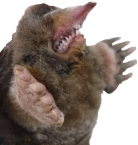



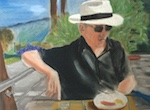
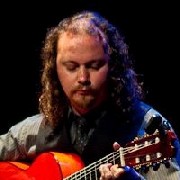
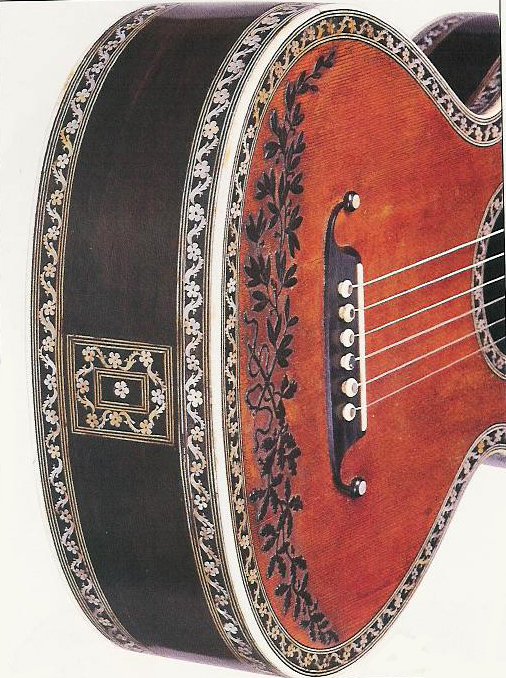

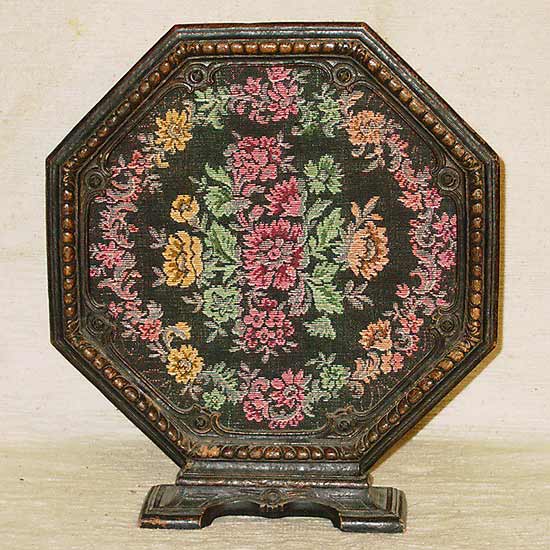
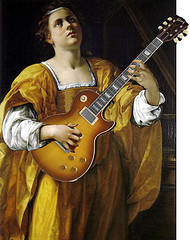


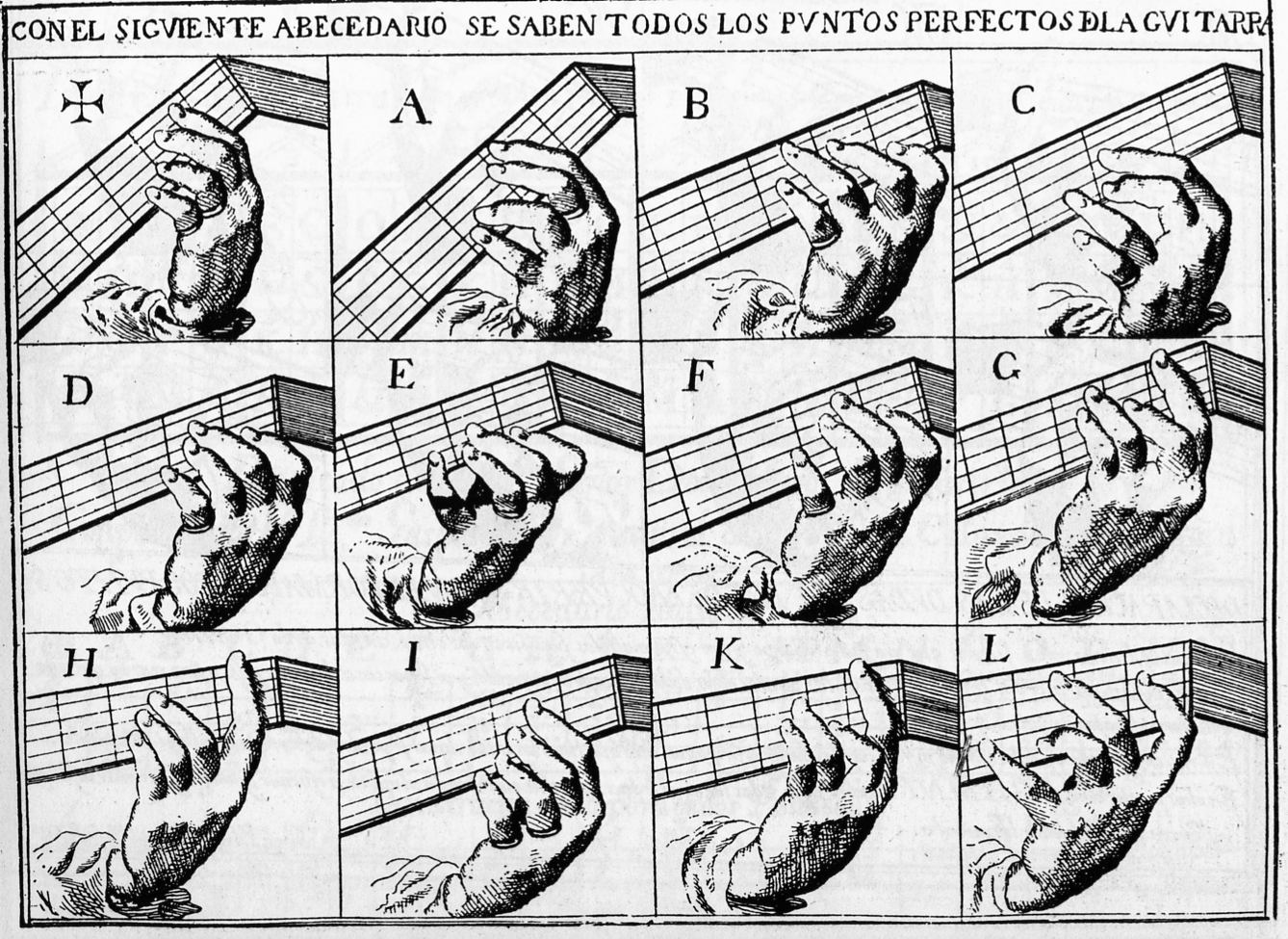
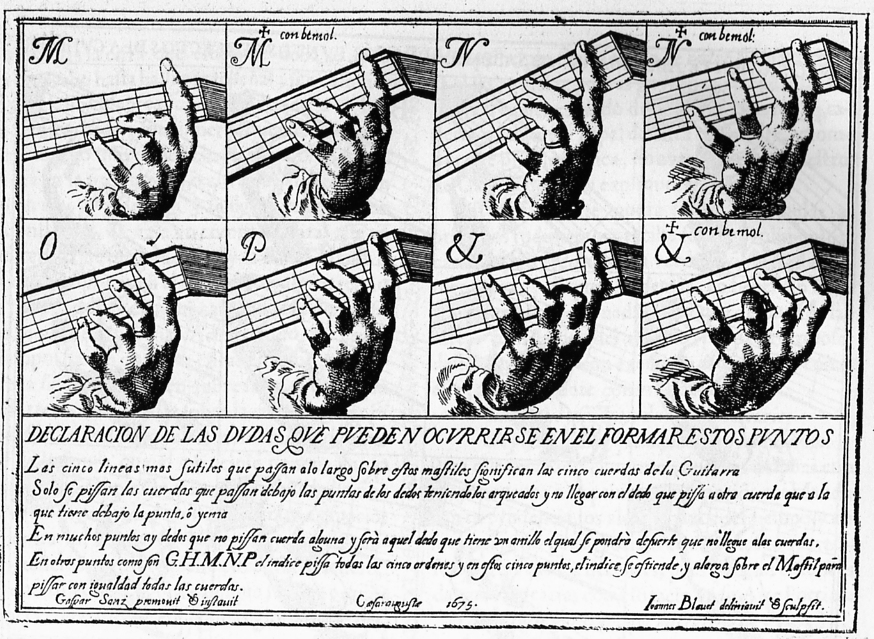
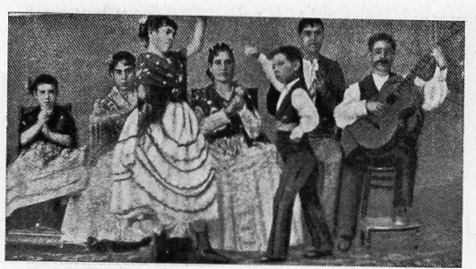
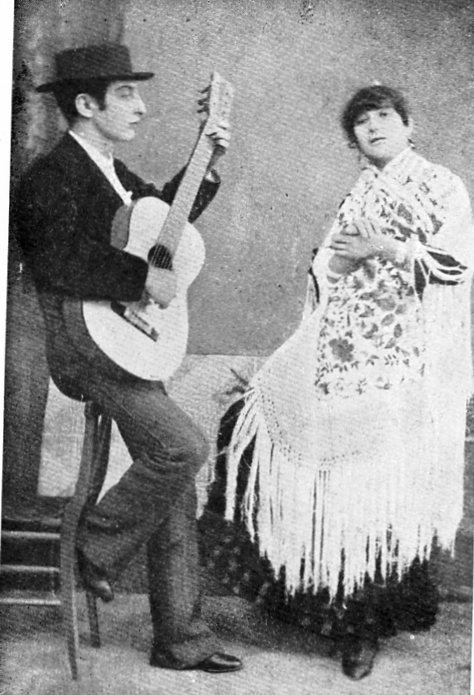
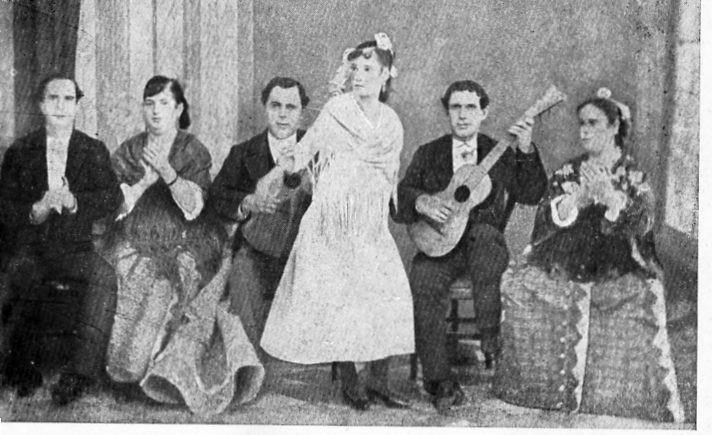
 but anyone else have anything to add?
but anyone else have anything to add?  New Messages
New Messages No New Messages
No New Messages Hot Topic w/ New Messages
Hot Topic w/ New Messages Hot Topic w/o New Messages
Hot Topic w/o New Messages Locked w/ New Messages
Locked w/ New Messages Locked w/o New Messages
Locked w/o New Messages Post New Thread
Post New Thread